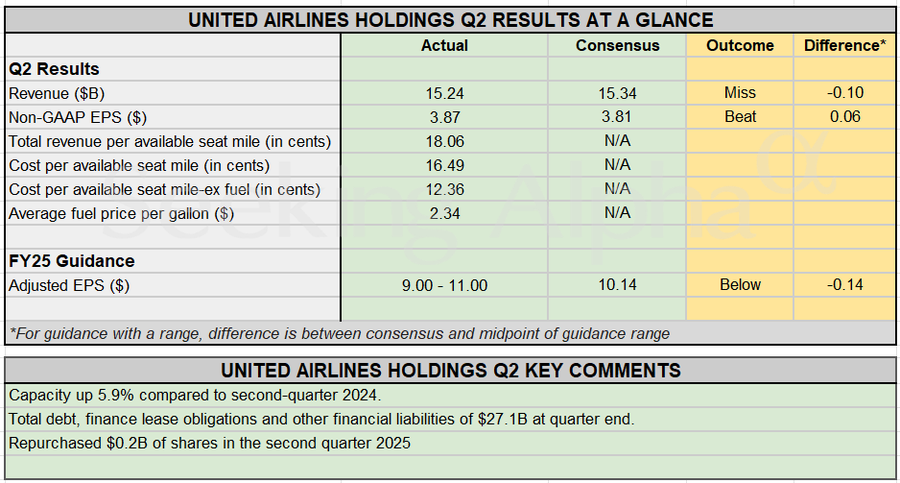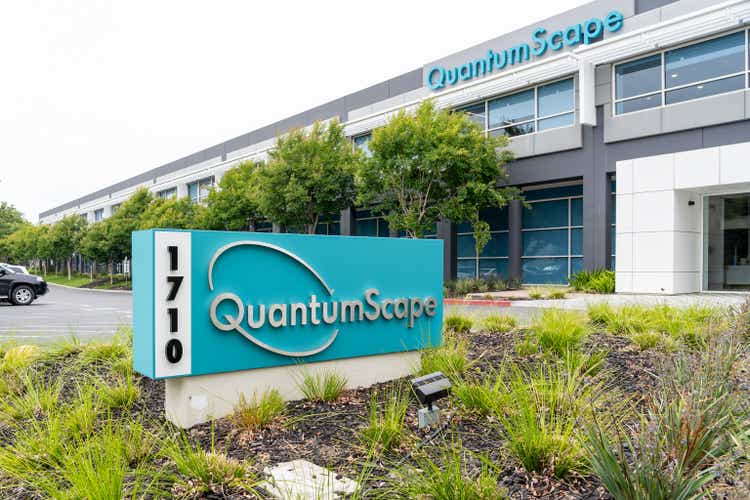A key policy goal of President Donald Trump’s administration is bringing jobs back to American factories, though the effort has been mired in a years-long slog despite support from both Democratic and Republican administrations.
But even beyond the challenge of getting large, multinational companies to reroute their complex supply chains, there’s a large and unsolved skills gap problem to address even if these U.S. manufacturing jobs were to proliferate. Peter Koerte, the chief technology officer and chief strategy officer at German technology conglomerate Siemens AG, points to research that shows that the average tenure of a U.S. manufacturing worker has slipped from 20 years in 2019 to just 3 years in 2023.
“Which means that most of the people that you find—and in particular if we want to bring back manufacturing to the United States—they’re unskilled,” says Koerte. “Because nobody wants to have a factory job.”
Official government figures are less dire, with the Bureau of Labor Statistics reporting that the median tenure of a manufacturing worker dropped from 5.9 years in 2014 to 4.9 years a decade later. But regardless, manufacturing workers are coming to work each day with a lot less expertise than those who worked similar jobs decades ago.
This led Siemens to launch a pilot program in 2024 for an industrial-focused AI copilot, helping engineering teams to search Siemens manuals in natural language to troubleshoot problems on the factory floor. This year, the company expanded the effort by launching an industrial foundational model that was specifically designed for industrial applications.
As an example, this AI tool can be used by a worker who is trying to figure out what to do when a machine breaks down. The employee can input information about the machine and the error code that’s on display, and then retrieve detailed instructions on how to address the issue. Less downtime for machines saves factories time and money. The use of AI in this manner also democratizes engineering expertise.
“You don’t need to have the very deep domain know-how that prevents you from using those systems,” says Koerte. “It levels the playing field.”
Koerte has had a long career at Siemens, joining the company in 2007 as a corporate strategist and taking on several leadership roles before ascending to the CTO and CSO titles in 2020. He says he’s remained at Siemens for such a large portion of his career because he’s inspired by the company’s ability to continually reinvent itself over its 178-year history.
Siemens began as a telecommunications company that built the infrastructure that made it possible to send a telegram from London to Calcutta in just 28 minutes, a momentous breakthrough in the mid-1800s. Today, Siemens is known for selling machinery and software that support massive industries including the power and gas sectors, healthcare, and building and freight projects, ranging from supporting a 2,000-kilometer high-speed railway that’s being built in Egypt to an automotive Mercedes-Benz plant in Berlin. The advancement of generative AI presents yet another opportunity for reinvention, says Koerte.
Koerte says Siemens was an early adopter of more traditional forms of AI that have been used for many years in manufacturing, including to perform quality inspections or to ensure that buildings are using energy as efficiently as possible. Before the generative AI boom kicked off in late 2022, Siemens had more than 1,500 AI experts on staff.
Along that journey, Siemens has embraced a wide variety of AI partners, including heavy hitters like Nvidia and Amazon Web Services, as well as European-based AI companies and large language model makers in China. Microsoft has been an especially critical partner, Koerte says, offering engineering expertise and insights into how to commercialize the company’s industrial AI offerings.
Software development ranks as a high priority use case for generative AI. The company’s software developer workforce of about 27,000 employees have been using AI coding assistants like GitHub Copilot and the productivity lift from those tools ranges between 10% to 30%, says Koerte.
Across the broader workforce, there are 460 distinct AI use cases in production today, a figure that excludes the unique AI chatbots that workers can create to perform tasks through a secure system that’s called SiemensGPT. In total, over 15,000 unique bots have been created by Siemens employees since October 2024.
“We have it pretty much everywhere,” says Koerte of AI’s pervasiveness. “The question is, how much have we saved?”
That’s not yet completely resolved and most surveys of CTOs and chief information officers show that the return on investment for generative AI projects isn’t as clear as they’d like it to be. But Siemens has set a north star goal. Before the influence of generative AI, the company had an annual productivity gain target of 3% to 4% across the business. But Koerte says with AI, the hope is to double that aspirational range.
He believes that parts of the economy that have big skills gaps will reap the most benefits of AI. When Siemens launched an AI-enabled assistant tool to help radiologists detect diseases, the greatest adoption came from underdeveloped countries where there were far fewer specialists.
“You always have to look at necessity, where the biggest challenge and necessity is,” says Koerte. “Because then people have to look at it differently. And they have to change.”
John Kell
Send thoughts or suggestions to CIO Intelligence here.
This story was originally featured on Fortune.com

 4 hours ago
1
4 hours ago
1















 English (US) ·
English (US) ·